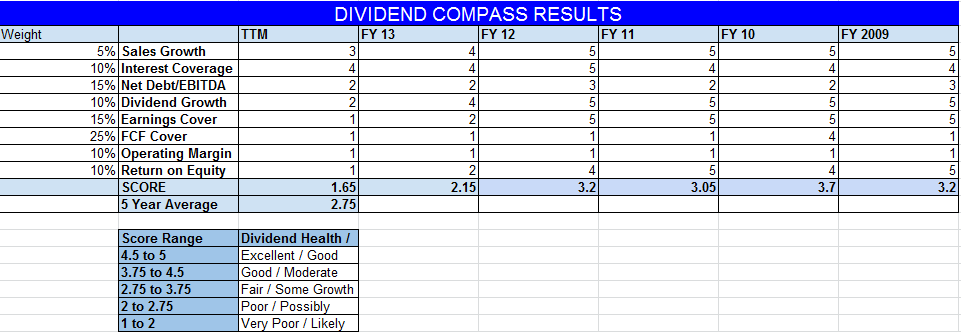Show me somebody that has a stop-loss order of 10% below their purchase price, and I'll show you someone that's guaranteed to lose 10%. - Peter LynchIn many ways, selling a stock is a tougher decision than buying one. A quick look around Google, however, reveals far more articles about how to buy stocks rather than how to sell them.
We've already discussed reasons for selling, so we'll focus on three strategies we can employ today that can help us get better at selling stocks.
- Do a "pre-mortem" before buying: One of my favorite questions to ask someone pitching a stock is, "If the stock price falls 30%/40%/50%, what happened?" While a weak market may certainly play a role in any stock's decline, the point of the question is to determine what could go wrong at the company-level -- new competition, a failed product, a bad M&A deal, etc. If you can determine what might go wrong before things actually do go wrong, you'll be in a much better position to recognize a deteriorating thesis and sell at a good price.
- Review every sale decision, regardless of outcome: With every investment comes at least one valuable lesson that you can then apply to your decision-making process. As such, review each closed investment and determine what went along with your expectations, what didn't, and where you could have been more thorough in your research or decisions. Here's an example of this strategy.
- Create a "sold portfolio" and track its performance: Give this a try. Create a Google Spreadsheet (like this one) and track the performance of your sold stocks versus an appropriate benchmark. If you find that your portfolio of sold stocks has consistently outperformed the market -- or even your ongoing portfolio's performance -- it's time to reevaluate your selling strategy. Note that this effort will take some time to bear fruit as longer-term performance (at least 3 years) will be more telling than short-term results, which can be influenced by luck.
You'll notice that the common thread among these three strategies is to keep good physical records of your decisions. That's the key to improving any decision making process as it reduces hindsight bias (i.e. "I knew this all along") and conservatism bias (i.e. being slow to incorporate new information or clinging to prior views).
It's not an oversight that I didn't recommend stop-losses as a way to improve your selling process. They're probably great if you're trading stocks, but they aren't great if you're investing in stocks.
It's not an oversight that I didn't recommend stop-losses as a way to improve your selling process. They're probably great if you're trading stocks, but they aren't great if you're investing in stocks.
If you've done your homework, are comfortable with your thesis, and believe you paid a good-to-fair price for a competitively-advantaged and well-run company, why should it matter if the stock price temporarily falls 10%?
As Warren Buffett noted in his 1987 letter to shareholders:
As Warren Buffett noted in his 1987 letter to shareholders:
After buying a farm, would a rational owner next order his real estate agent to start selling off pieces of it whenever a neighboring property was sold at a lower price?
Put another way, don't let the stock market be a distraction to the business of investing.
Admittedly, ignoring stock price fluctuations is easier said than done. So rather than executing a trade at a certain percentage price decline, try setting up an alert (via email, text message, etc.) if the stock price crosses that level. Then, take 24 hours to review your thesis and make a decision. Ready, aim, fire makes a lot more sense than ready, fire, aim.
Good reads this week
- Be brave, and patient, to make a fortune in value investing - John Authers
- Mark Carter takes another look at Tesco using CAPM - McTurra2000
- Companies worth following at any price - Richard Beddard
- How should you invest for your age - Monevator
- The rise and fall of the underhand free throw- Sports on Earth (h/t Abnormal Returns)
- Sexy is overrated, dividends rule! - CNN Money
- Performance measurement: the bare minimum - Abnormal Returns
There is widely held presumption that if you have a set of cash flows on a spreadsheet, and you estimate a discount rate, you have done a DCF, which is the equivalent of claiming that wearing tights and ballet shoes makes you a ballerina. - Aswath DamodaranStay patient, stay focused.
Best,
Todd
Follow @ToddWenning

.png)

